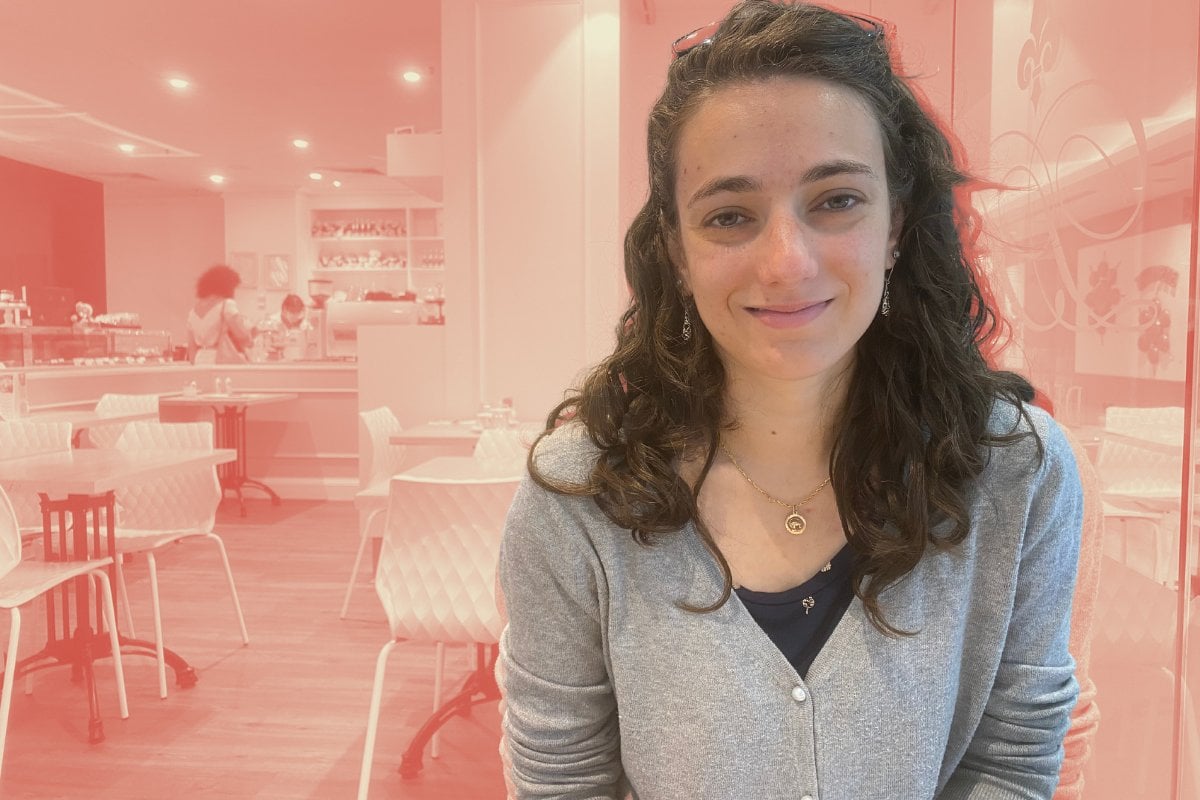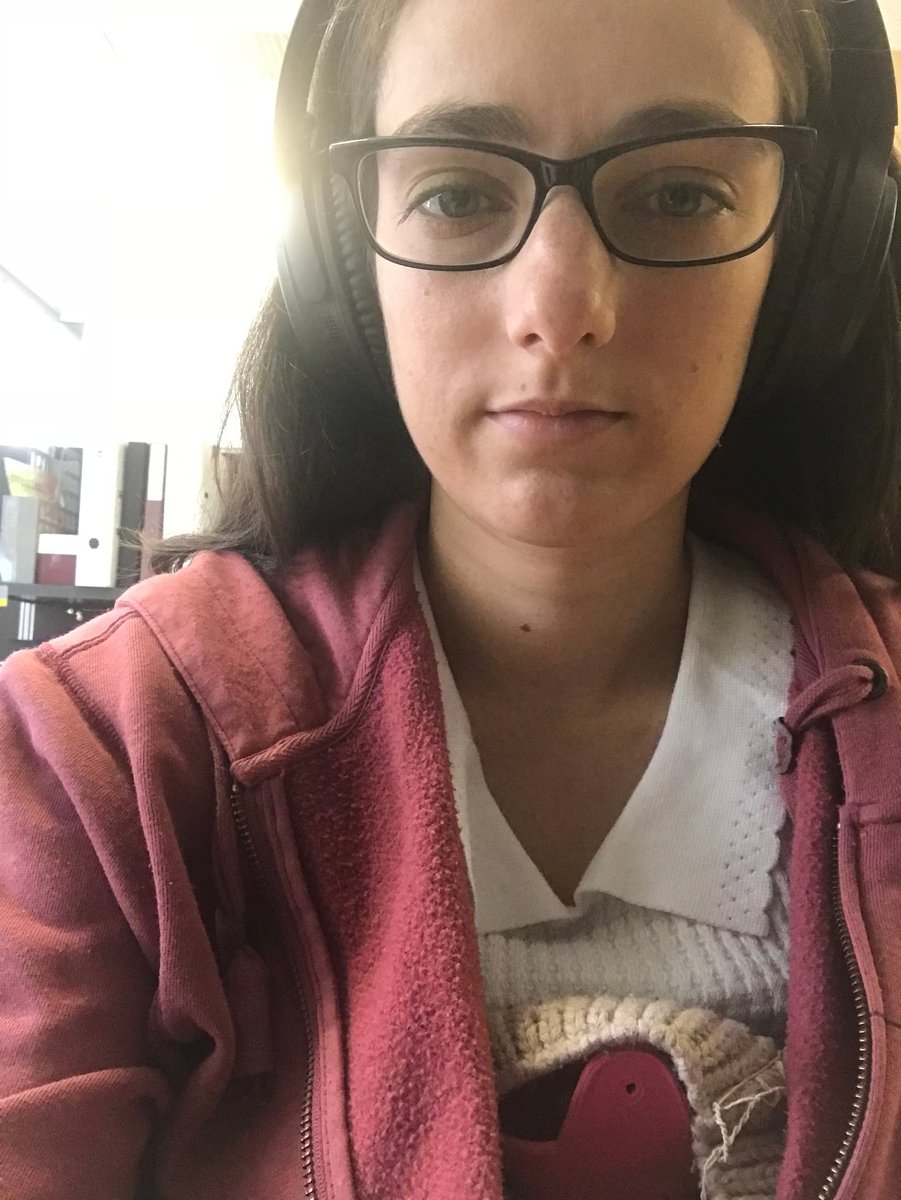
Natalie Winter didn't have the typical symptoms of endometriosis.
Instead, she experienced constant nausea, weight loss, bloating, tenderness, and a heart rate that was “kind of all over the place”.
Then there was the pain.
Watch: Women with endometriosis on what they wish for. Post continues after video.
After getting her first period at 12, the pain progressed. By the time she was 15, Natalie was regularly taking strong medications to cope. Painkillers that “only just touched it” while she was left unable to move.
“I wasn’t able to get off the couch or walk very much,” she told Mamamia. “I had pelvic pain but also back pain and pain down my thighs.”
It was an “ongoing cycle” without rhyme or reason. The pain could hit a week before her period, or maybe a week after. And because her symptoms were “vague enough” that it could have been other health conditions, neither doctors nor Natalie herself suspected endometriosis, despite a family history.
“I had all of those things going on and had basically every test that you can possibly have to rule out anything else,” the now-31-year-old said. “It just never crossed my mind that it could be endometriosis. But it was literally the last thing they checked for and that’s how I got diagnosed.”


